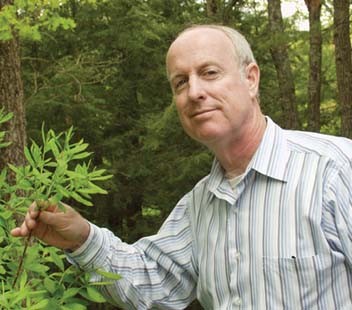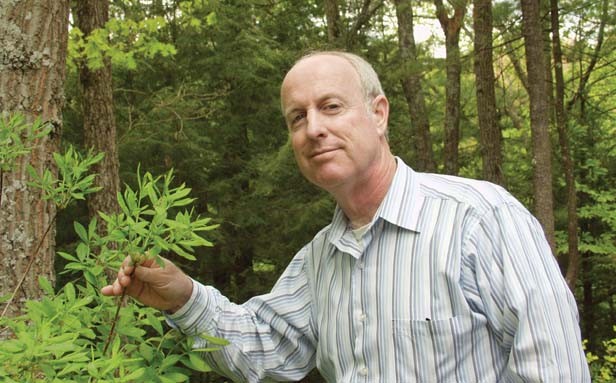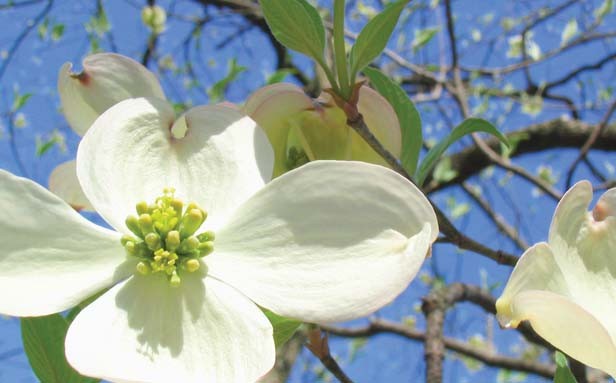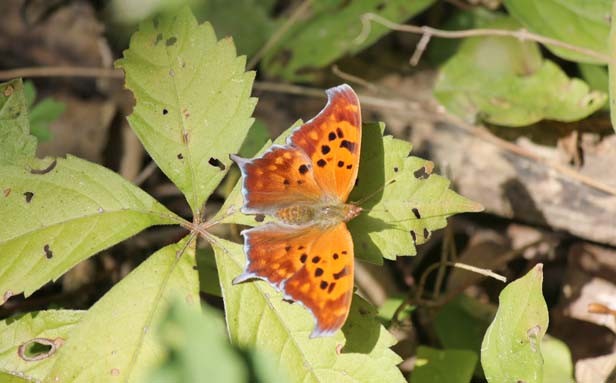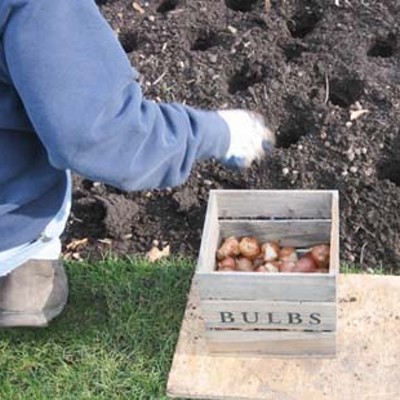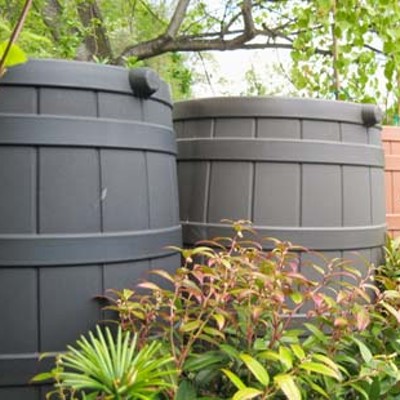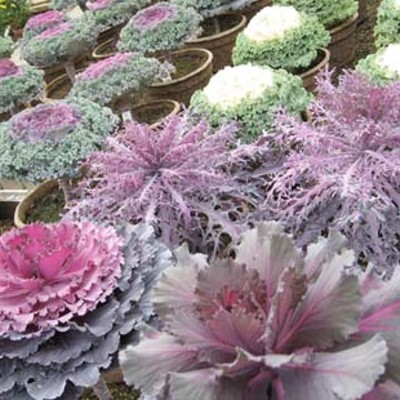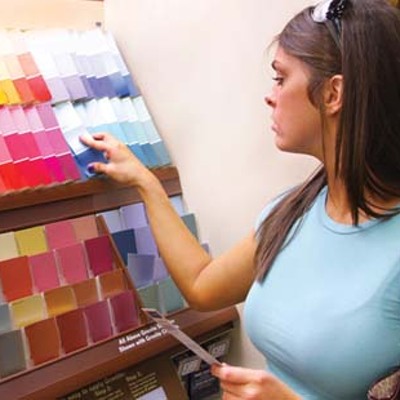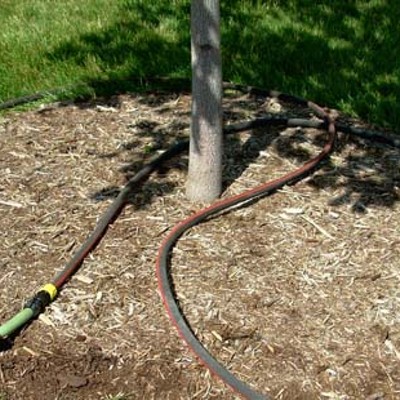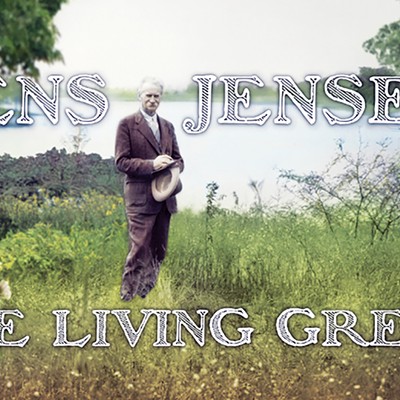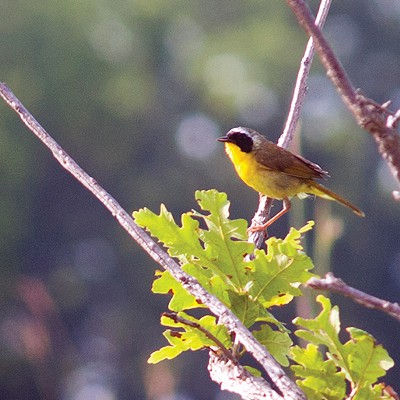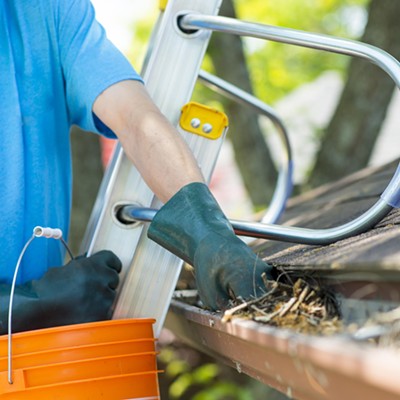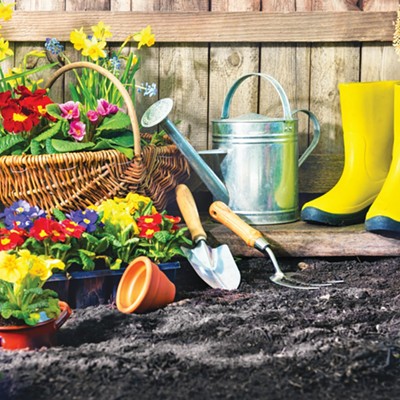Early in the 20th century, Jens Jensen, the landscape designer of Springfield’s Lincoln Memorial Garden, and groups such as the Friends of Our Native Landscape and The Prairie Club, began extolling the aesthetic appeal of local plant species, the beauty they exhibit when flourishing in their native surroundings. “To me no plant is more refined than that which belongs,” stated Jensen. Yet, nearly a century later, native plant species remain rare – or entirely nonexistent – in the home landscape.
There are likely many reasons that cookie-cutter landscapes dominated by non-native ornamental species remain the norm. One is a lack of native plant availability leading to acceptance of the non-native varieties overwhelmingly offered to us. It could be a lack of knowledge about native plants and the communities they support. But now, as discussion moves from aesthetic appeal to backyard biodiversity, the role of the native species takes on new meaning.
Although the definition of “native” is often debated in terms of when and how a species arrived at a particular location, ultimately it refers to a community of species that have spent loads of evolutionary time together – counted in millennia, not merely in centuries. Separated from other species that in turn followed their own evolutionary paths on other continents, these communities have developed unique interdependencies and strategies for feeding and defense. As native plants disappear, so too do native insects and birds because they cannot, or will not, make use of non-native offerings.
In a 2006 study measuring the carrying capacity of native versus non-native landscaping, a leading researcher on the topic, entomologist Douglas Tallamy, found that bird abundance and diversity were “significantly greater” on the property designed with native plants, including bird species of conservation concern. “By demonstrating the connection between native plants and suburban biodiversity,” he states, “we provide evidence that the landscaping choices of homeowners affect populations of both birds and the insect food they require, thus empowering homeowners, landscapers and policy makers to raise (or lower) local carrying capacities by plant choice alone.”
Oaks support 534 species of caterpillars – prime bird food. The variety of dogwood tree typically offered at the local hardware store – the kousa dogwood (a China native) – supports very few species while our native flowering dogwood supports 117 species of moths and butterflies. Various Asian and European species of maple, such as the Norway maple, are more readily available than our native maples even though the U.S. Forest Service reports that the Norway Maple is not used by North American wildlife. Their database likewise notes that English ivy is “of little value to wildlife native to North America” while a native alternative like Virginia creeper attracts butterflies and provides food and nesting places for birds.
About 95 percent of the lower 48 states have been transformed into suburban, urban and agricultural spaces. Parks and preserves alone can no longer provide the habitat and wildlife corridors required by the creatures of our country’s heritage.
Many support the protection of species in other nations while failing to literally look at their own backyards. When designing the view outside our windows we can ask: What species does this plant support? How does it work together with other plants? Does it attract insects, yes insects, to feed birds? According to the National Geographic Society, 96 percent of all terrestrial birds in North America rear their young in part or entirely on insects. As Sara Stein states in her book Noah’s Garden: Restoring the Ecology of Our Own Back Yards, “This is the rich, new landscape; this is the new kind of gardener who asks not whether he should plant this ornament or another but which patch is missing from his community, how he can provide it, and how animals will move from his patch to the next.”
The incorporation of natives into our landscaping endeavors need not be an all-or nothing proposition. We could start with a something – an anything – proposition. Tallamy tells how a search he conducted to locate a home landscape without a single native plant led him as far as his neighbor’s house. And likely the results would be the same for many of us. It is as if a party has been thrown at which the hosts and their closest friends are absent, at which a group of guests with no common language mingle together without purpose. Yet there are any number of native flowering plants, shrubs, groundcovers and trees that can satisfy our aesthetic sense while offering great benefit, native choices that add additional beauty and interest – sounds and life – in the creatures they attract. This they can do all while providing a form of self-maintenance – feeding themselves, keeping pests in check through a natural system of predator and prey – to lessen the burden of human caretakers.
Jens Jensen said that plants that belong are most refined. And so too are those that support. We can make informed choices, reject the latest fashionable plants, provide sustenance along with beauty, and watch the miracle of evolution at work in our own backyards.
Jeanne Townsend Handy is a Springfield-based writer. She may be contacted at www.jthandy.com.
Douglas Tallamy, professor and chair of the Department of Entomology and Wildlife Ecology at the University of Delaware and author of Bringing Nature Home: How You Can Sustain Wildlife with Native Plants will be speaking on Oct. 15 at Heartland Community College in Bloomington. More information is available at http://www.wildones.org/
chapters/ilprairie/meetingsevents.html.

